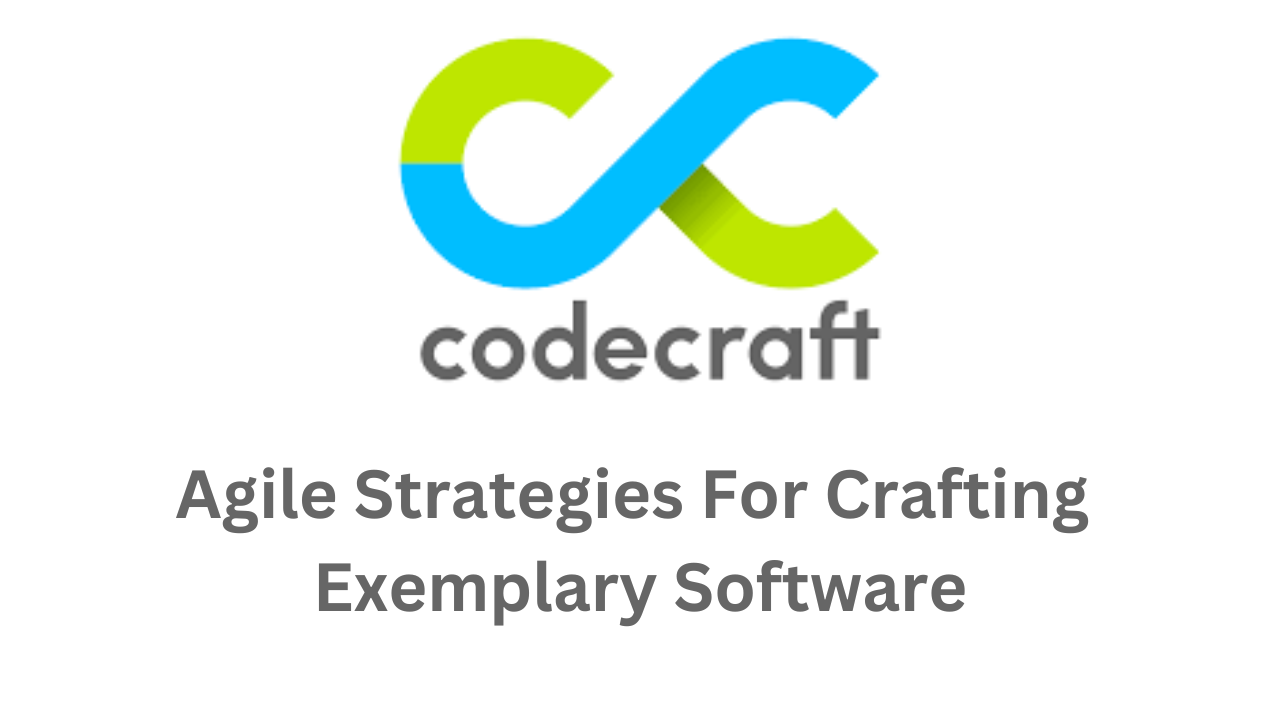In the ever-evolving landscape of software development, agile methodologies have emerged as a beacon of innovation and efficiency. At the heart of this revolution lies Codecraft – a holistic approach that combines the art of coding with the science of project management to deliver exceptional software solutions. In this comprehensive guide, we delve into the intricacies of Codecraft and explore how it can empower your team to build exemplary software products.
Understanding Codecraft
Codecraft is not merely about writing lines of code; it embodies a philosophy that emphasizes collaboration, adaptability, and continuous improvement. At its core, Codecraft advocates for iterative development cycles, where small, incremental changes are made to the software based on feedback and evolving requirements. By breaking down complex projects into manageable tasks, teams can maintain agility and respond swiftly to changes in the market or user preferences.
The Agile Manifesto: A Foundation for Success

Central to Codecraft is the Agile Manifesto, a guiding set of principles that prioritize individuals and interactions over processes and tools, working software over comprehensive documentation, customer collaboration over contract negotiation, and responding to change over following a plan. By adhering to these principles, teams can foster a culture of transparency, communication, and adaptability, driving the success of their projects.
Key Strategies of Codecraft
1. Cross-Functional Collaboration
In Codecraft, silos are dismantled, and cross-functional teams are formed, comprising individuals with diverse skill sets – from developers and designers to testers and product owners. This collaborative environment fosters synergy and creativity, enabling teams to tackle complex problems from multiple perspectives and deliver innovative solutions that exceed expectations.
2. Continuous Integration and Deployment
Gone are the days of lengthy release cycles and cumbersome deployment processes. Codecraft promotes continuous integration and deployment, where code changes are automatically tested and deployed to production environments in a seamless manner. This not only reduces the risk of defects but also accelerates time-to-market, allowing teams to iterate rapidly and stay ahead of the competition.
3. Feedback-driven Development
At the heart of Codecraft lies a relentless focus on user feedback. By incorporating user feedback early and often into the development process, teams can ensure that their software meets the needs and expectations of their target audience. Whether through user testing, surveys, or analytics, feedback-driven development enables teams to make data-informed decisions and iterate towards perfection.
Implementing Codecraft in Your Organization
While the benefits of Codecraft are undeniable, implementing it successfully requires commitment, training, and cultural transformation. Leaders must champion the adoption of agile practices, invest in training and development initiatives, and foster a culture of continuous learning and improvement. By embracing Codecraft wholeheartedly, organizations can unleash the full potential of their teams and deliver software that delights users and drives business success.
Conclusion
In a world where software is the backbone of modern business, mastering the art of Codecraft is essential for staying ahead of the curve. By embracing agile methodologies, fostering collaboration, and prioritizing continuous improvement, teams can elevate their software development process to new heights of excellence. So, are you ready to unlock the power of Codecraft and craft software that sets the standard for innovation and quality?
